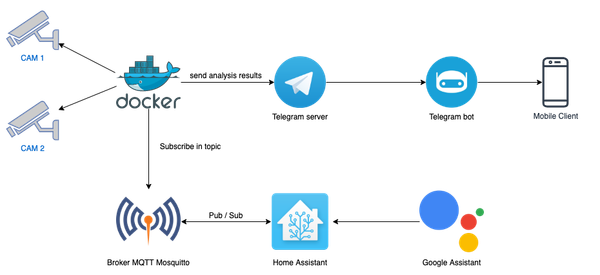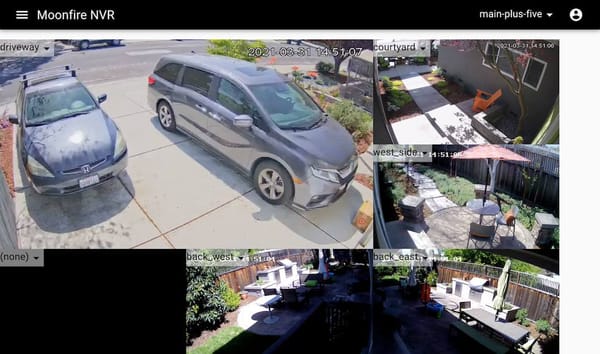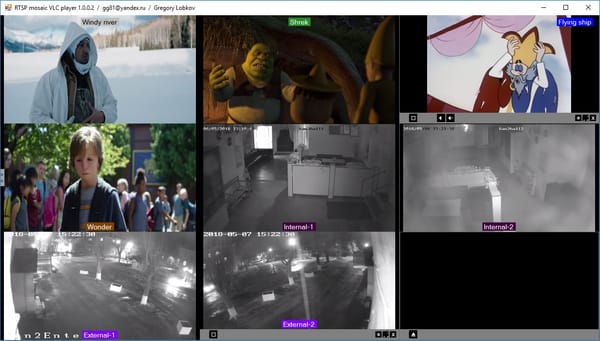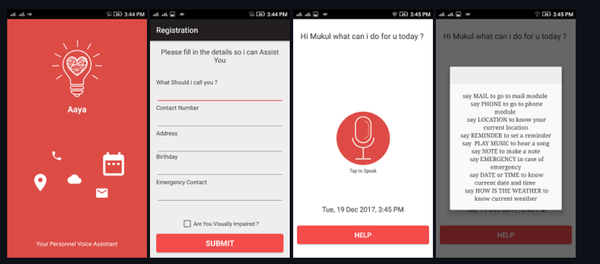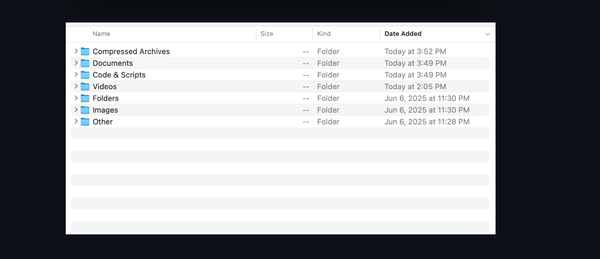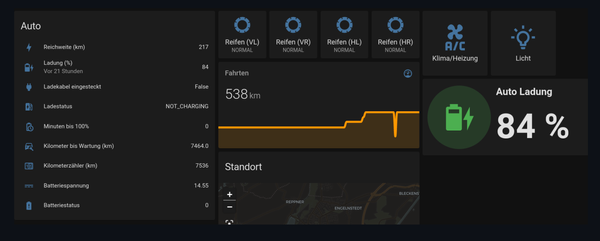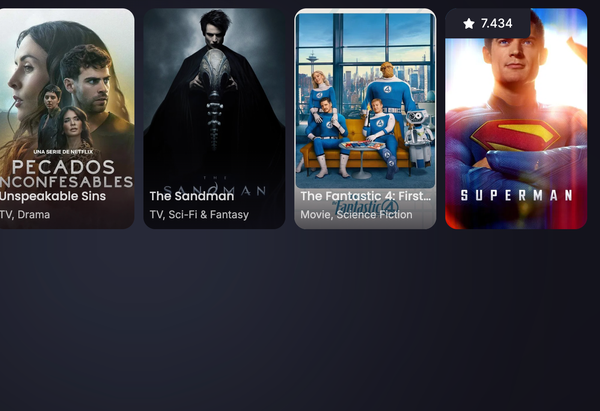Unlocking the Hidden Power of Your IP Cameras: The Python-DVR Revolution
Table of Content
Ever stared at your sleek IP camera, knowing it’s capable of so much more than just recording video, but feeling utterly stuck? You’re not alone. Most manufacturers lock down their devices with proprietary software that’s clunky, expensive, or simply doesn’t exist for Linux or modern workflows.
But what if you could talk directly to your camera using code? What if you could script its every move, customize its behavior beyond the factory settings, and build powerful automation systems?
Enter python-dvr, a game-changing open-source library that shatters the walls around your DVR/NVR and IP cameras, especially those built on the widely used NETsurveillance ActiveX plugin (commonly found in Xiongmai, Hikvision, Dahua, and countless other brands).
We’ve covered dozens of open-source NVR and DVR solutions here on our blog, from OpenIPC to various DIY projects. But python-dvr stands out because it doesn't replace the device; it supercharges it. It gives you direct, programmatic access to the raw "DVR-IP" protocol that powers these devices, unlocking features buried deep within their firmware.
Why This is a Big Deal (Seriously!)
Imagine this:
- Beyond the GUI: Forget navigating confusing web interfaces. With python-dvr, you can programmatically:
- Change bitrate and resolution on the fly for optimal storage or bandwidth.
- Adjust WDR (Wide Dynamic Range) or IR cut settings instantly based on lighting conditions.
- Set custom video overlays with dynamic text, logos, or even temperature readings, all done via Python scripts.
- Manage users and passwords securely and automatically.
- Enable/disable cloud services, DHCP, or NTP sync with a single command.
- Build Killer Automation:
- Smart Monitoring: Use
cam.start_monitor()to capture real-time video streams and feed them into AI models for motion detection, facial recognition, or anomaly detection. Want to record only when someone walks by? Easy peasy. - Custom Alerts: Set up sophisticated alarm triggers (
cam.setAlarm()) and respond with custom actions – send an email, trigger a light, or even run a script. No more generic "motion detected" alerts! - Persistent Recording: Our included
monitor.pyscript is a perfect example. It autonomously connects to your camera, creates a structured folder hierarchy (%Y/%m/%d), and splits recordings into
10-minute clips. It is an ideal option for long-term surveillance without manual intervention.
- Smart Monitoring: Use
- Deep Debugging & Customization:
- Use
cam.debug()to see the raw protocol traffic. This is invaluable for understanding how your camera works and troubleshooting issues. - Use
get_info()andset_info()to explore and modify nearly every setting imaginable. Need to tweak a specific encoding parameter? Just dive in with Python.
- Use
- Future-Proofing & Integration:
- Integrate your cameras into larger home automation systems (like Home Assistant) or data pipelines.
- Build custom dashboards that pull live feeds, sensor data, and event logs.
- Upgrade firmware remotely and safely with
cam.upgrade().
Real-World Use-Cases We Love
- The Smart Home Guardian: Automate your security system. When a door opens, trigger the camera to start recording, send a snapshot to your phone, and turn on lights.
- The Industrial Monitor: Continuously stream high-quality video to a central server for quality control, monitoring machinery, or environmental checks.
- The Researcher's Toolkit: Capture precise, timestamped video data for experiments or analysis.
- The Budget-Friendly Enterprise Solution: Deploy hundreds of low-cost cameras across a facility, managing them all via centralized Python scripts instead of buying expensive commercial software licenses.
The Bottom Line
Python-dvr isn't just another library; it’s a key to unlock the full potential of millions of existing IP cameras. It empowers developers, hobbyists, and businesses to move beyond the limitations of vendor software and truly own their hardware.
It’s a testament to the power of open-source collaboration. Kudos to the creators and contributors who reverse-engineered this protocol, making it accessible to everyone.
So, whether you're building a simple monitor script, automating your smart home, or creating a complex surveillance network, python-dvr is an essential tool in your arsenal. Stop letting your camera be a black box. Start talking to it. The possibilities are endless.
Ready to hack your hardware? Check out the project on GitHub and start exploring!




